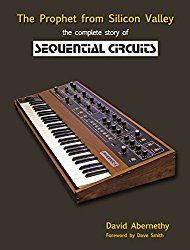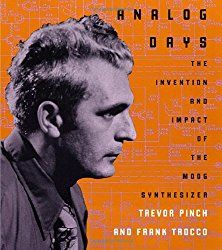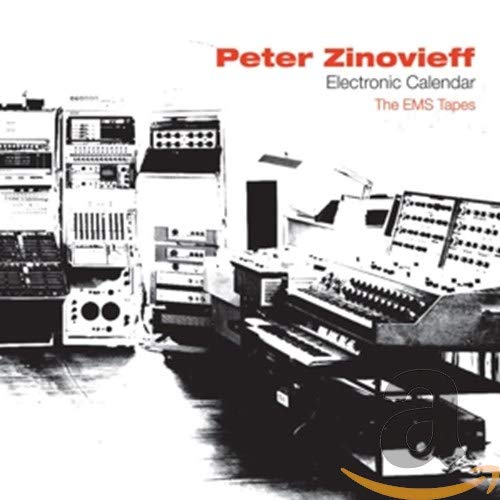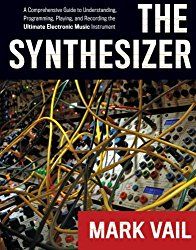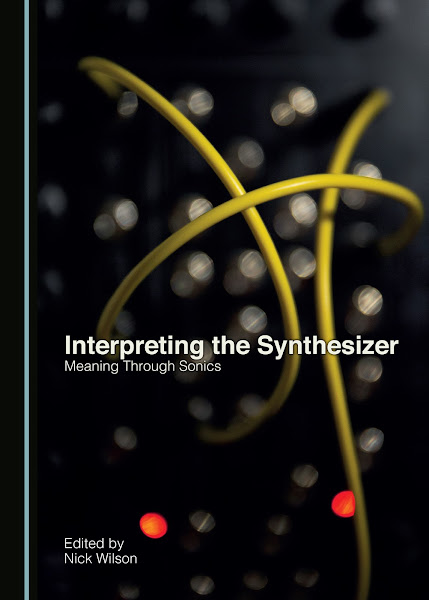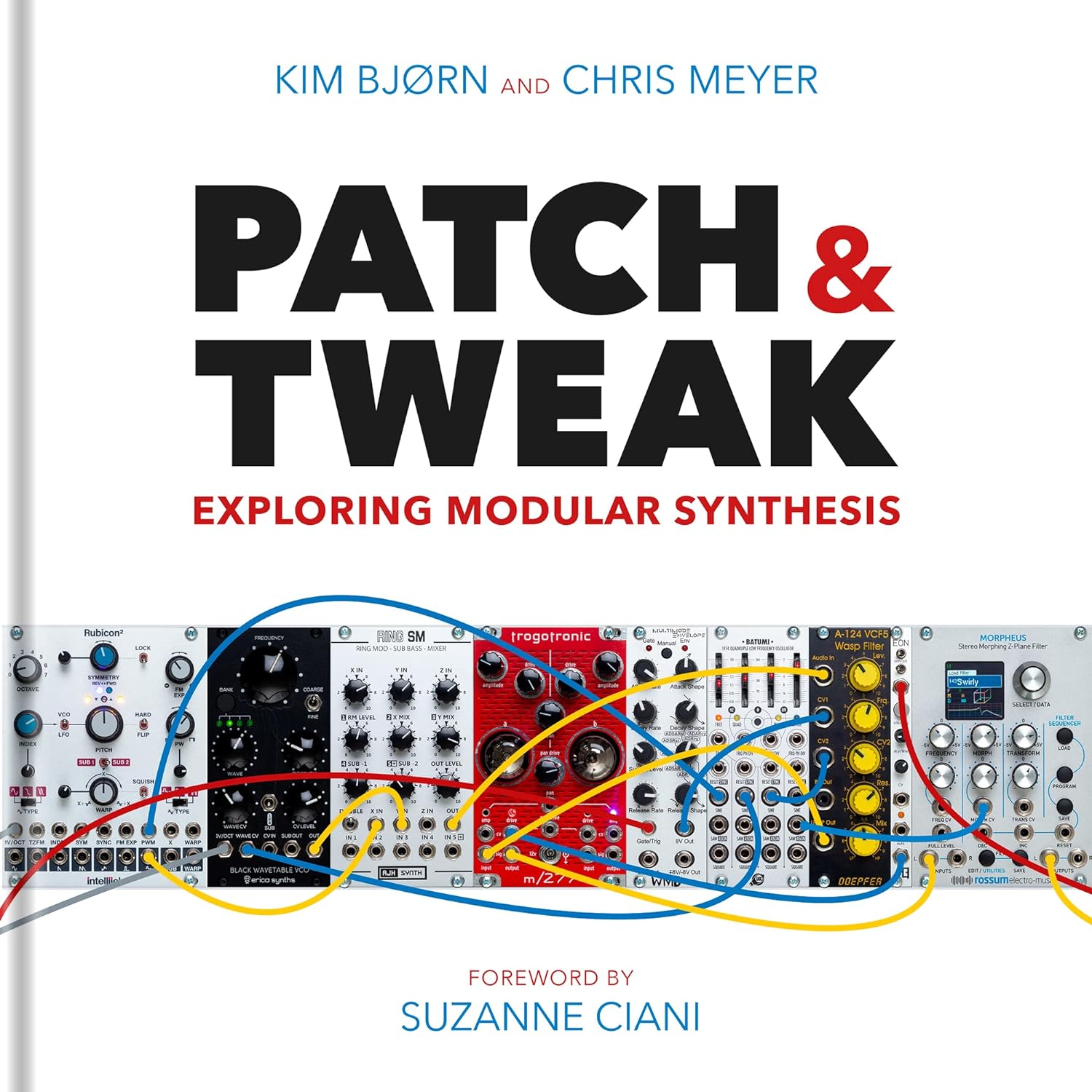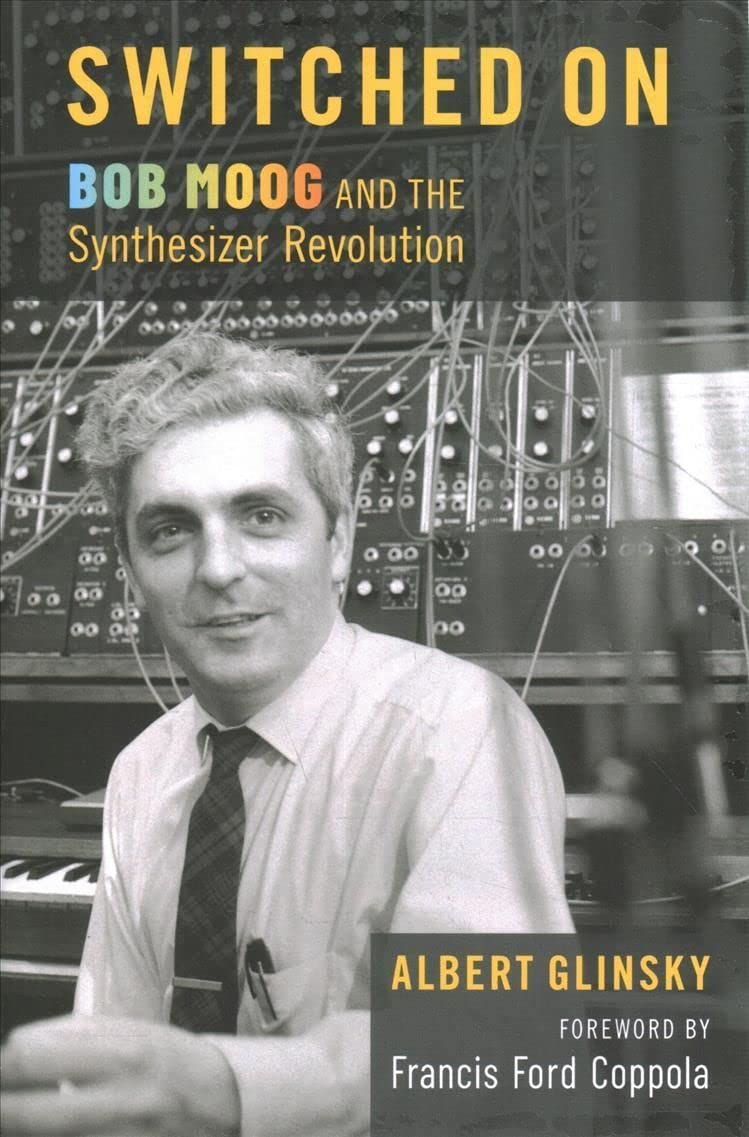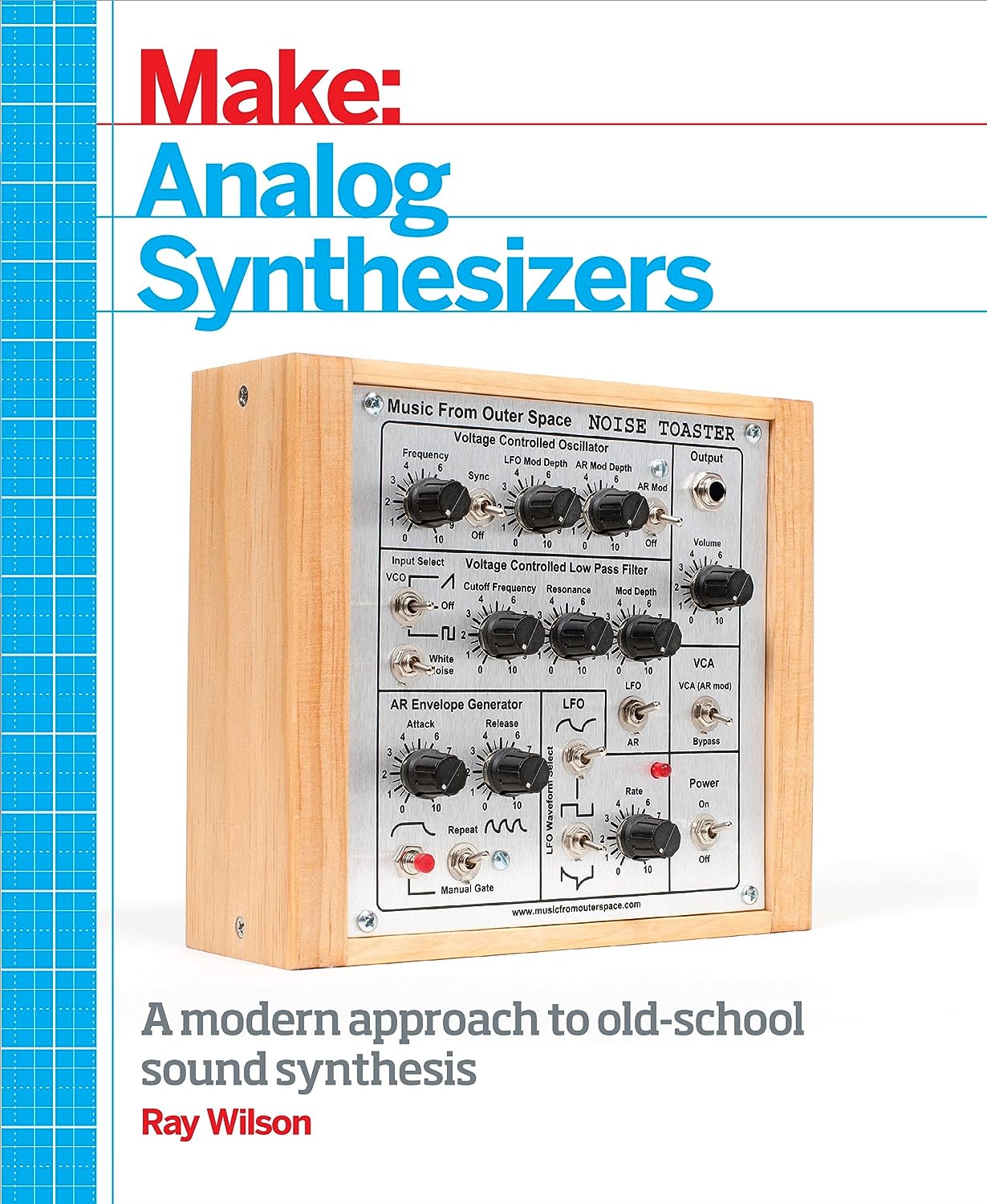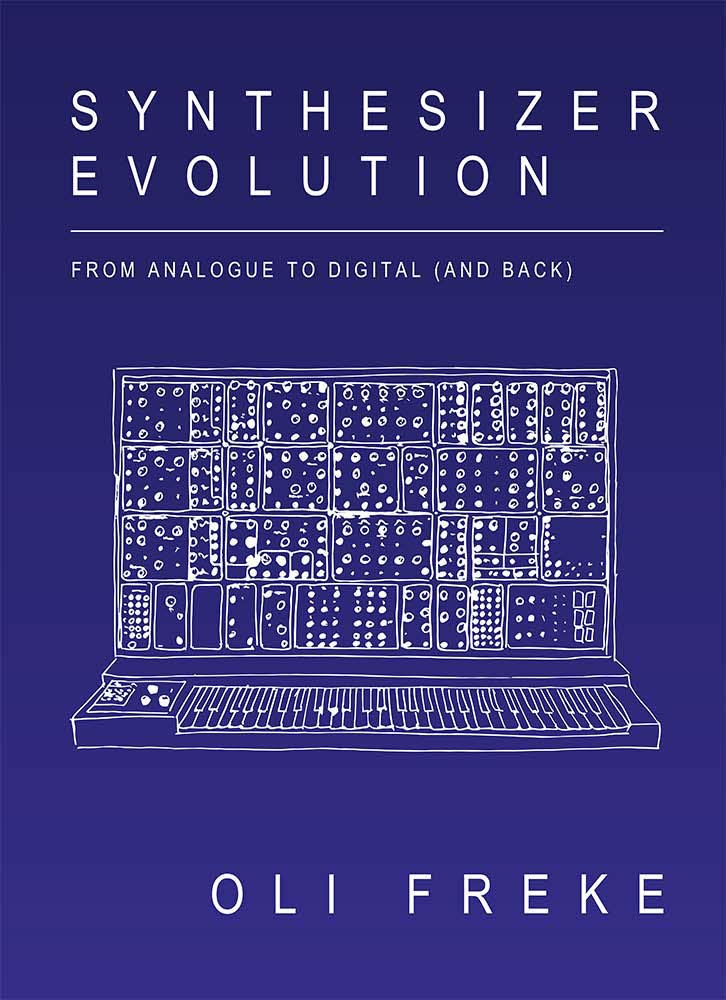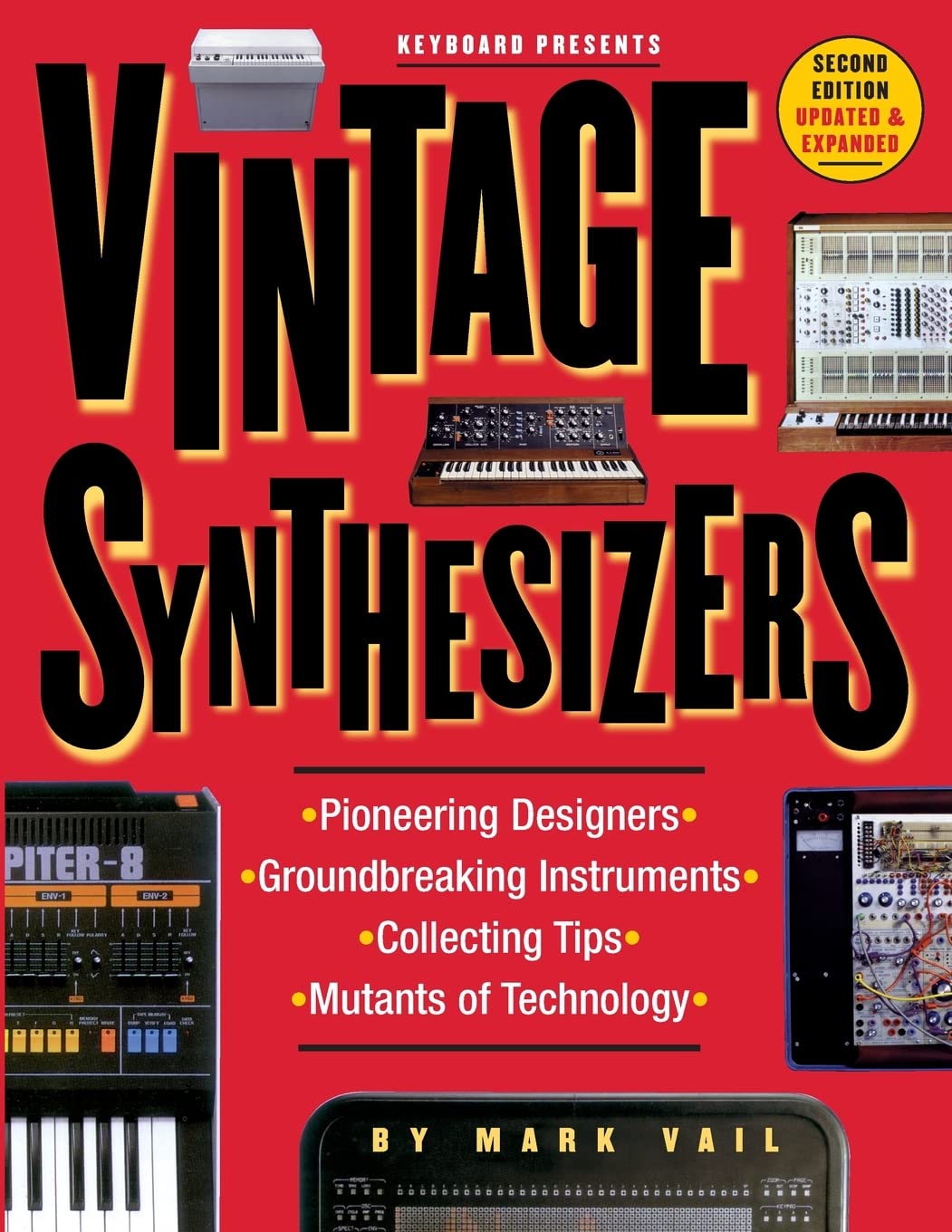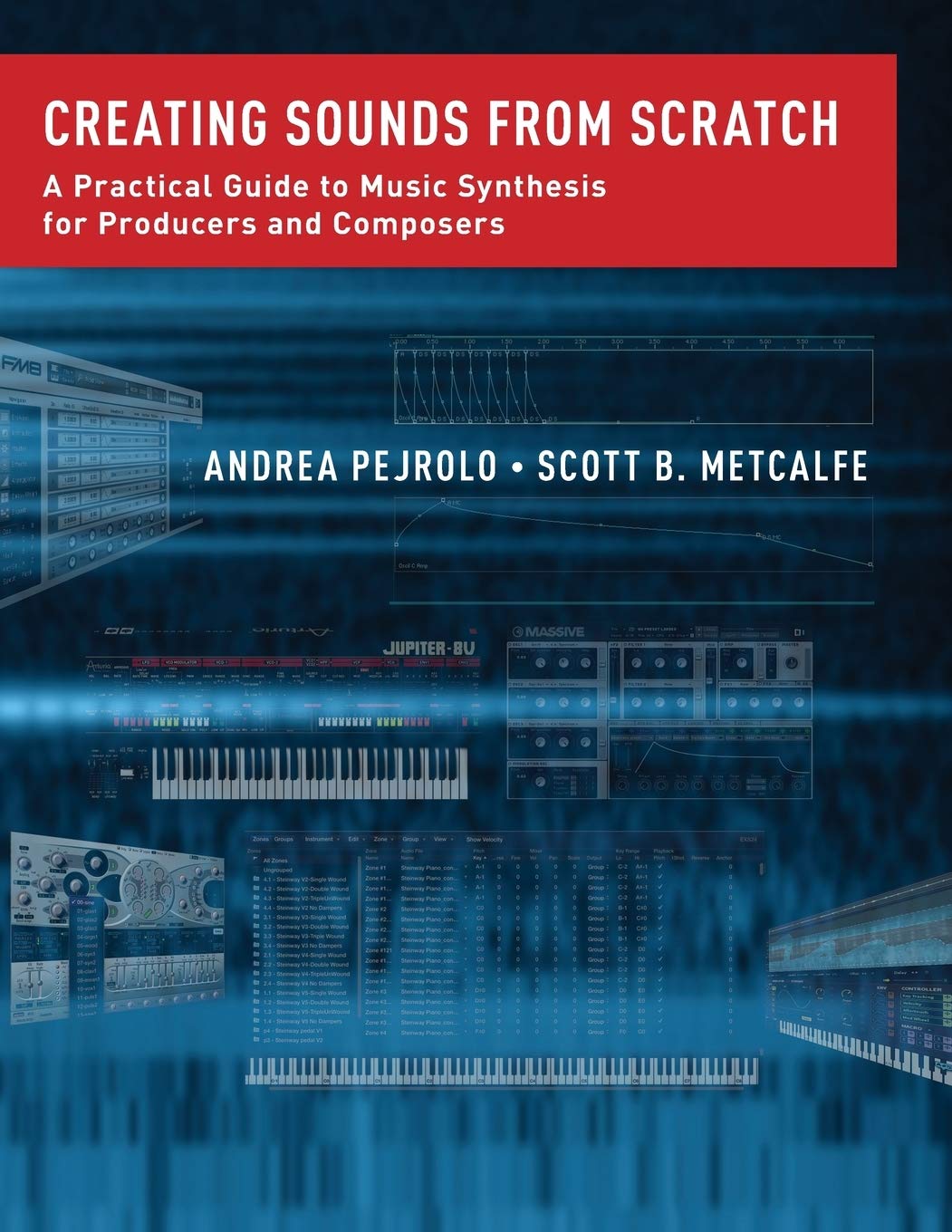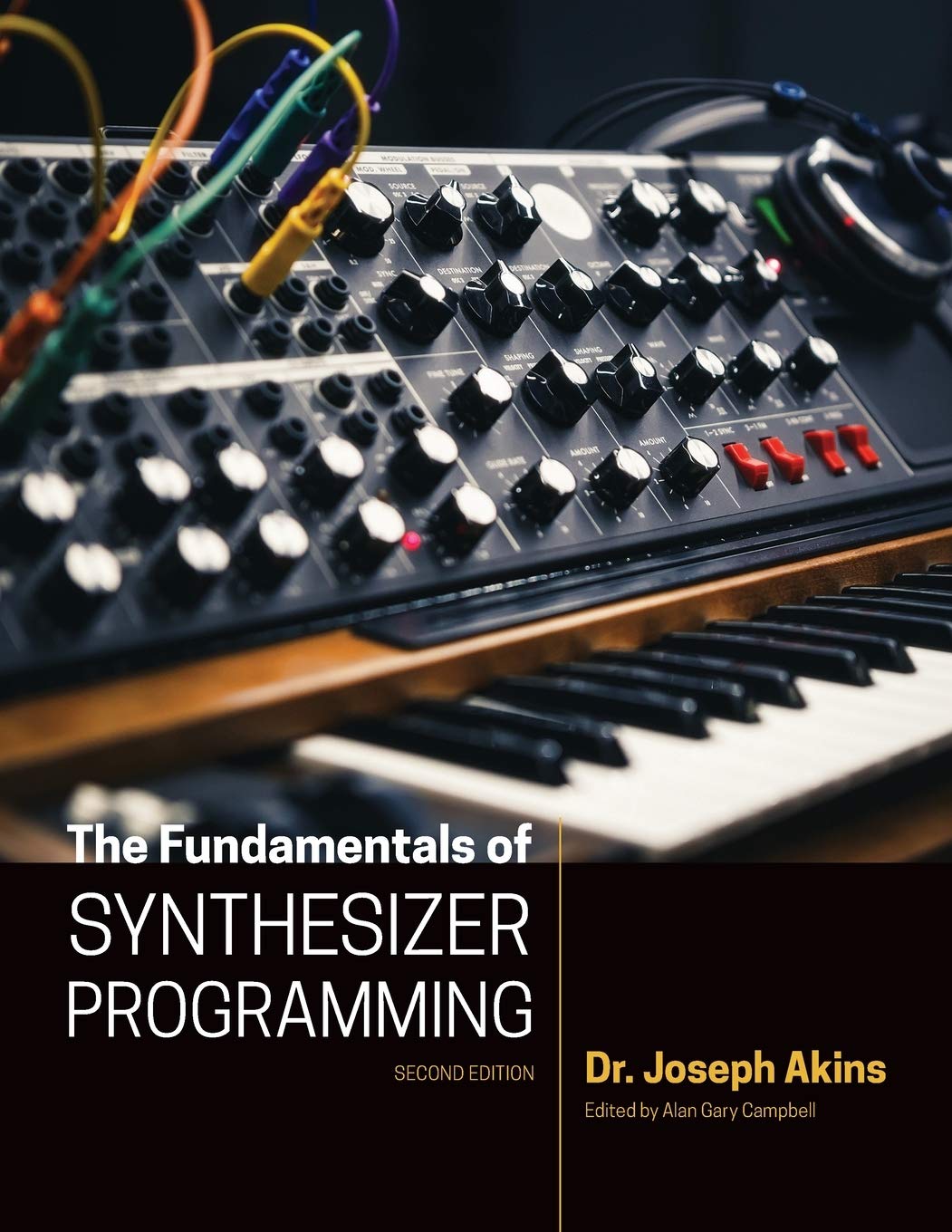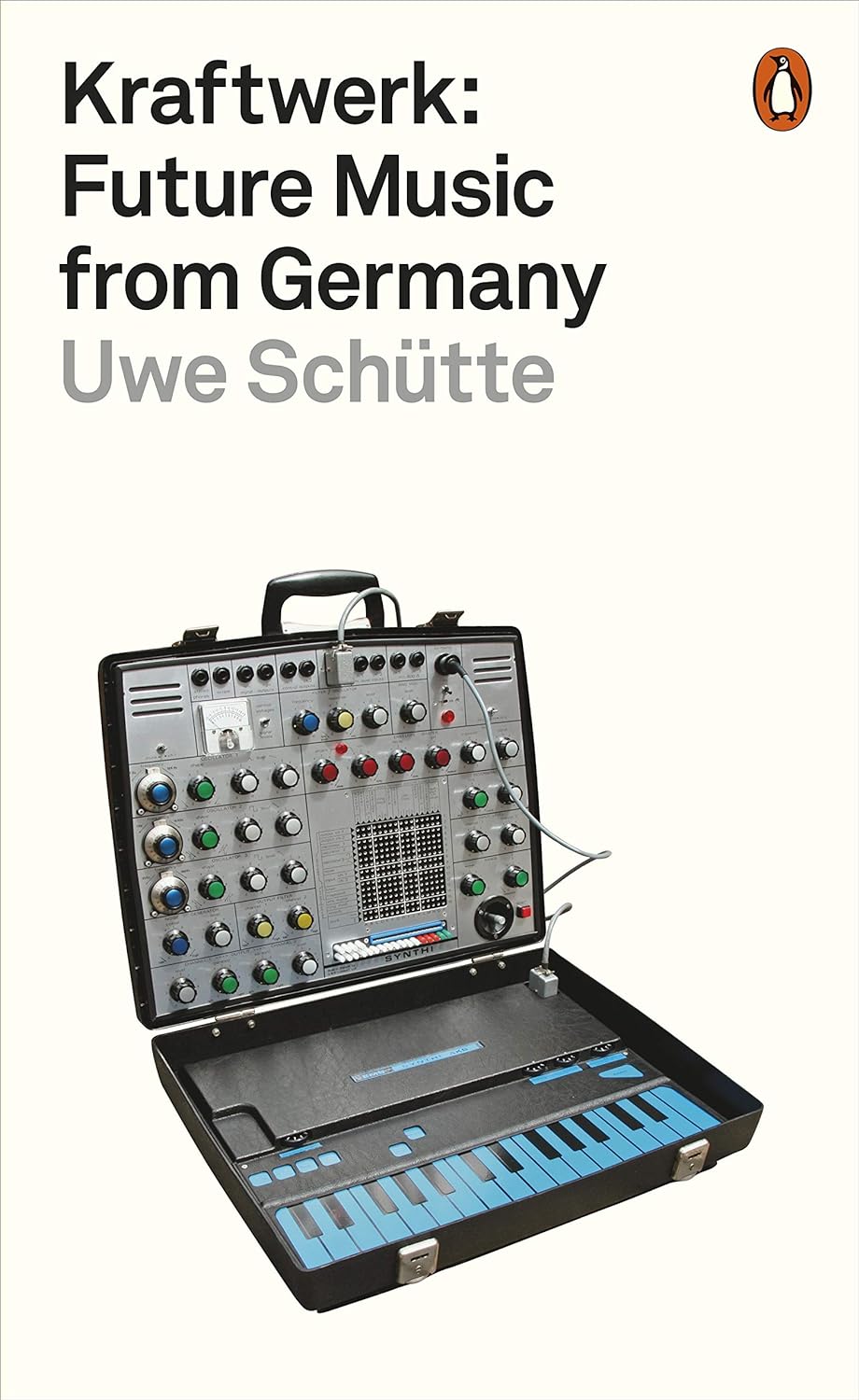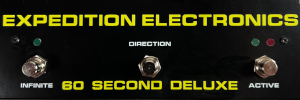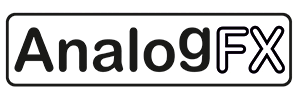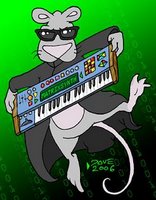
via
this auction"As many of you know this is one of the last of the all analog polysynths, prior to a few more modern efforts. 1981. The polysix uses two CPU's. One to manage the patch storage, knob reading, most control voltage cell updating, button reading and LED lighting, and one to interface with the keyboard and create control voltages for the vco's. It also has three of the MN3004 bucket brigade devices to create chorus, phaser or ensemble effects as 'after processing' of the analog board's signal output. Which has 6 VCO's (transistor pairs that function fairly stably compared to many previous efforts), 6 envelope generators (SSM2056 chips), 6 VCF's (SSM2044 chips) and discrete analog vca's. (See my youtube videos using a previous polysix in fact at http://www.youtube.com/watch?v=qDUzG9xAS1c to go over what the circuitry in this unit does basically)

The result is a synthesizer that interacts smoothly in 'manual' mode where you are just reading the knobs. Whenever you recall a patch you have to pre-move knobs or they of course will not respond smoothly always. Just the reality of having knobs in arbitrary positions compared to the patch you are calling up. But interacting with the arpeggiator is a lot of fun. A great instrument to explore the analog realm with at a price that pales in comparison to other all analog polysynths that have full knob implementation or something near that AND decent patch storeage..(ie. Oberheims OBX series, Sequential circuits Prophet 5 or 10, Yamaha CS 70M, and Roland Jupiter 6 and 8 of course) Because of the initially low price Korg was able to offer late in the game when technology had matured some and memory prices had dropped etc. these often get looked at as inferior. In some ways they are..they have one VCO per voice. However there is still a lot of synth power here and for the dollar you can't beat it in all analog world at the moment from a bang/buck vantage point I don't believe. Wakeman etc. didn't perform with junk :-)
Serial number is 399244 "
 via this auction
via this auction



















